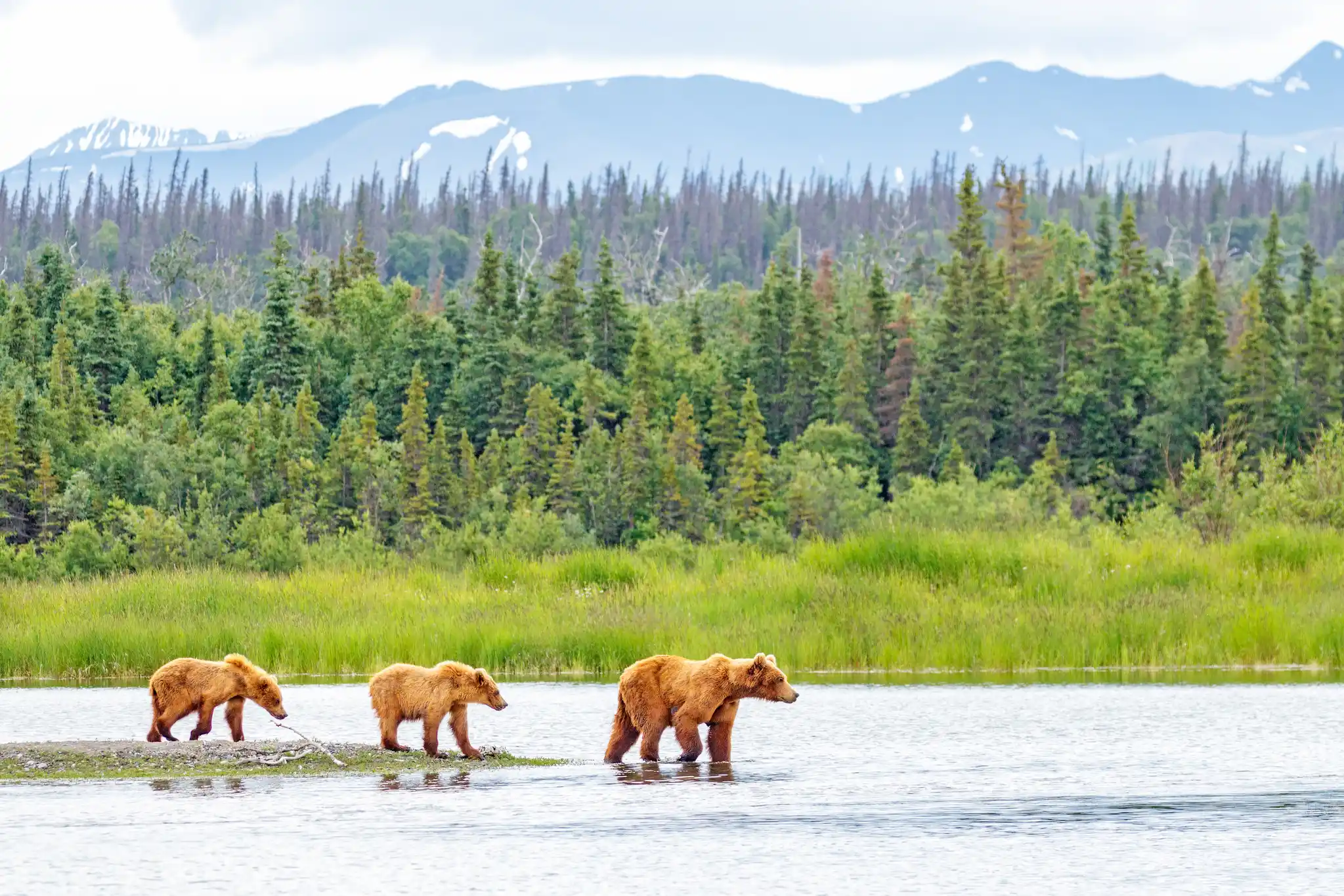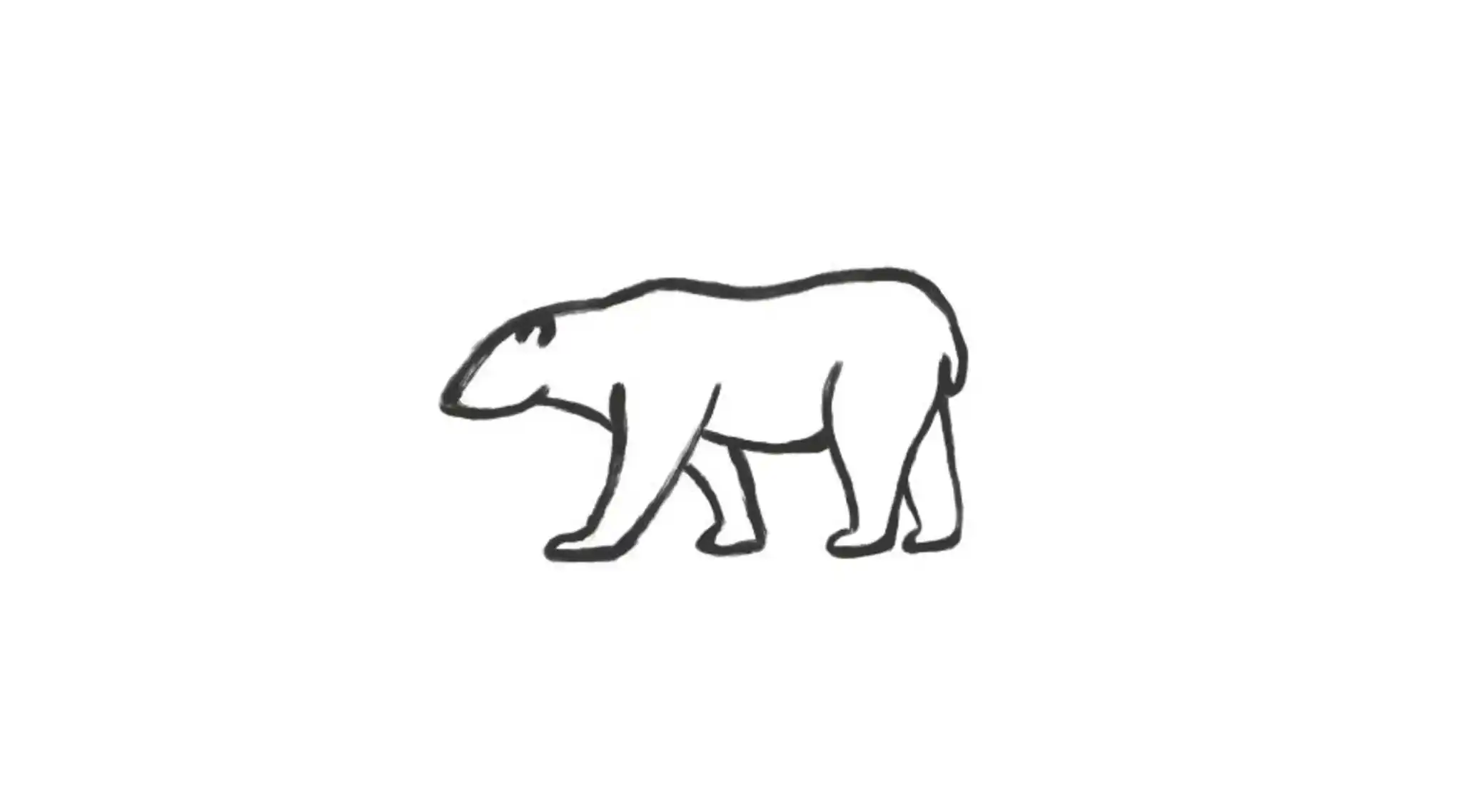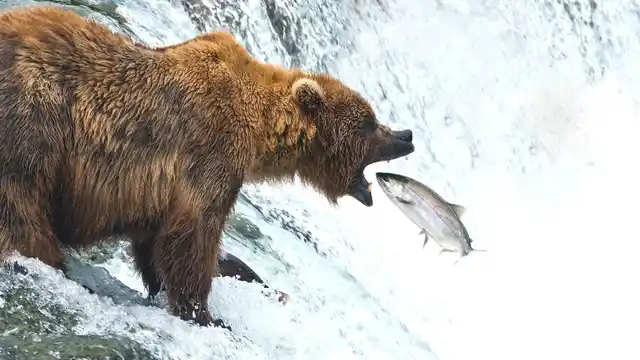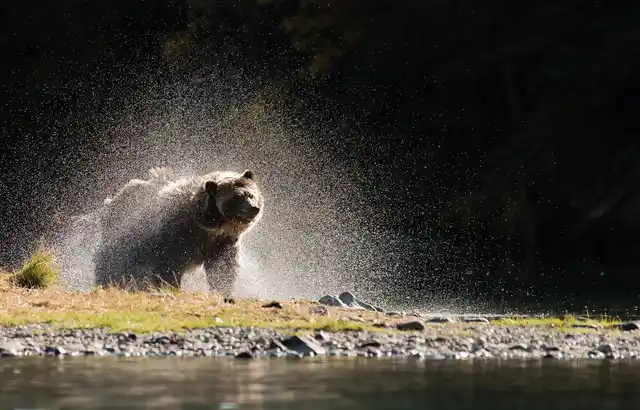Menu
Grizzly Bears
Wildlife
Encounters with Grizzlies
Before Natural World Safaris, the brand was split into three, including World Bear Safaris. We have kept all of our specialist knowledge from our World Bear Safari days and continue to design journeys into the natural world to see these magnificent creatures in the wild, including the mighty grizzly bear.
Grizzly bears are a subspecies of brown bear, living in western North America and Canada in a variety of landscapes, such as boreal forests, alpine forests and meadows. With similar colourings, grizzlies are distinguishable from black bear by the distinctive hump on their shoulders. Males have been reportedly weighed at 680 kilos, although they are usually between 180 and 360 kilos and females can be half the size.


The Best Time to See Grizzly Bears
As a general rule of thumb, the best time to see grizzly bears is any time between June and September. The earlier months of June and July generally see the grizzlies in the sedge grasses (meadows) where they are grazing and often have their newborn youngsters in tow. This can cause for some feisty encounters as the big males also emerge and start showing interest in the fresh-faced females! Later in the season (July to September) the salmon run comes in and the bears begin to claim their river spots to ensure the best fishing rights. This is a frenetic time as huge grizzlies fight to prove their dominance and stake their claim on the best salmon fishing locations.
When it comes to the ice grizzlies, the time period is slim with literally only a few weeks that will offer you the opportunity to photograph these icy dreadlocked beasts. Early to mid-October usually provide the best weeks, however, it is important to remember that wildlife is unpredictable so nothing can be guaranteed.
The Best Places to See Grizzlies
In Canada, Tweedsmuir Park Lodge is a cosy destination located on the banks of the Atnarko River and surrounded by stunning mountain scenery. It's the perfect base from which to explore this beautiful wilderness area and one of the best places to see grizzly bears fishing the rivers during salmon-spawning season.
In Alaska, nothing prepares you for the guttural roars of grizzlies fighting over the best fishing spot in Katmai National Park, or the peace and tranquillity of lone individuals chest deep in salmon pools in Bella Coola Valley biding their time.
The best places to see grizzly bears depends hugely on what you want to see, whether it be large grizzlies wandering the sedge grasslands or in action as they fish the spawning rivers. Both experiences are fantastic to see up close and personal but take place at different times of the year. For more detailed information please check out our dedicated best time to see grizzlies in Alaska and best time to see grizzlies in Canada pages.

Where to See Grizzly Bears in Alaska and Canada
Why Natural World Safaris for your Bear Safari?

Wildlife Specialists
From the icy landscapes of the Arctic to the forests of North America and Asia, our bear-focused journeys span the globe. We work with expert naturalists and trackers who understand each species’ unique behaviours, ensuring your encounters are safe, respectful, and unforgettable.

Wealth of Experience
We’ve spent years crafting bear-watching itineraries, building strong relationships with local guides, lodges, and conservationists. Whether it’s spotting polar bears on the sea ice or watching grizzlies fish for salmon, our knowledge allows us to put you in the right place at the right time.

Tailor-Made Bear Encounters
Every bear safari we create is designed around your interests, from photography-focused trips to immersive small group departures. With our seamless logistics and access to remote locations, you can experience these extraordinary animals in their natural habitats without compromise.

